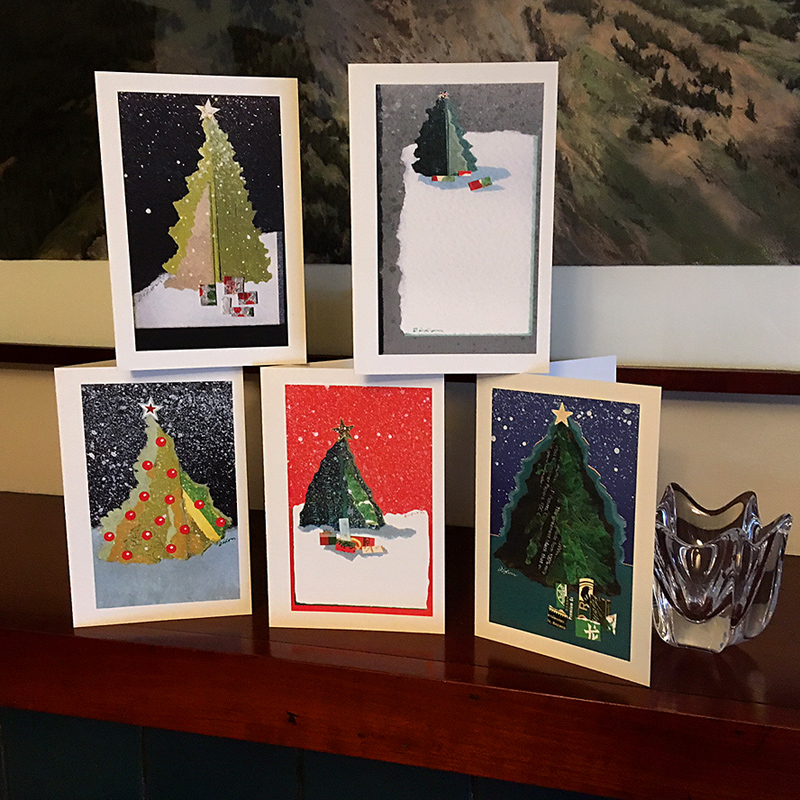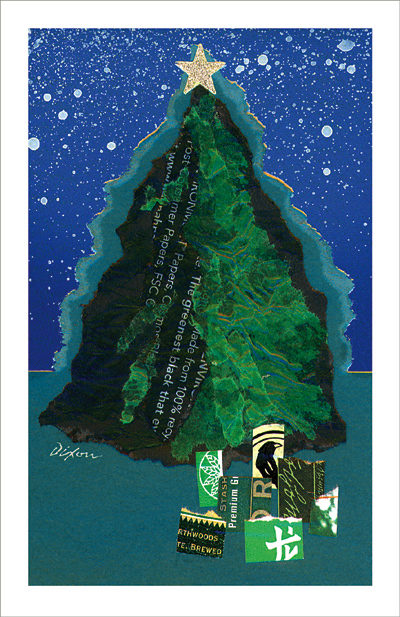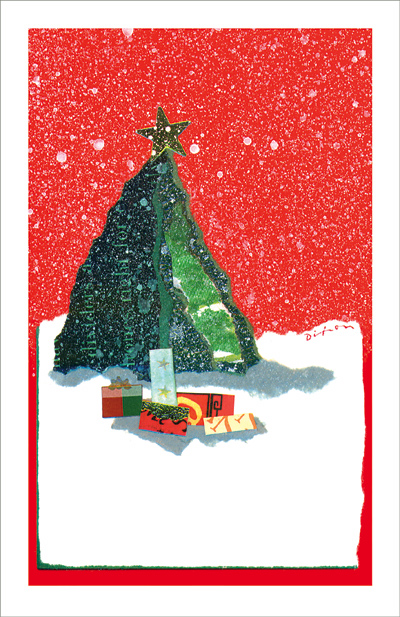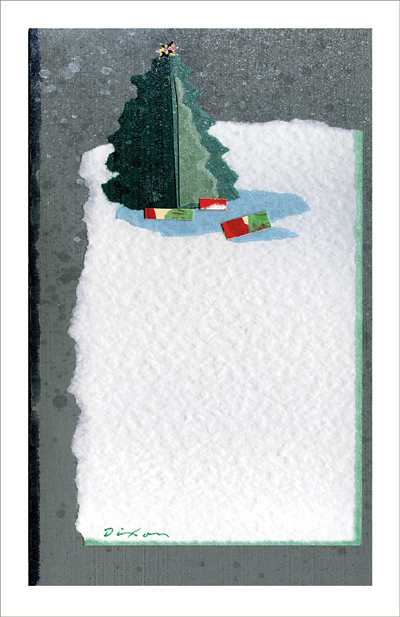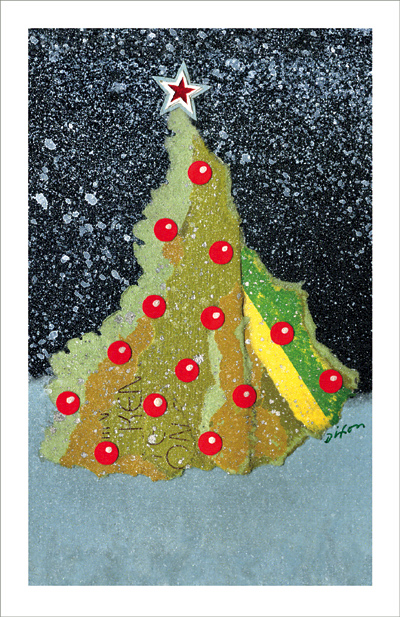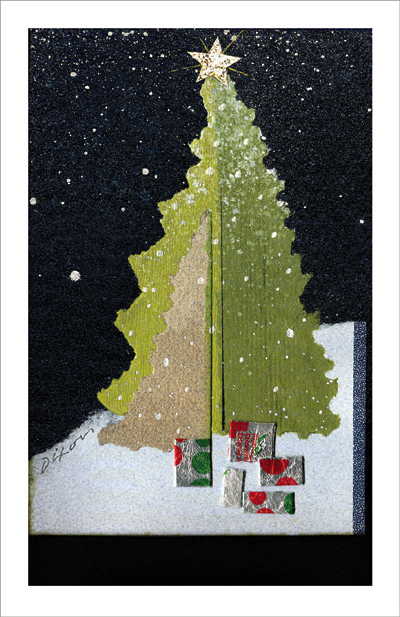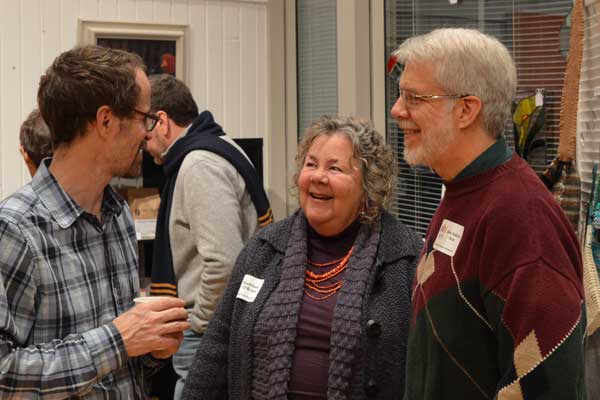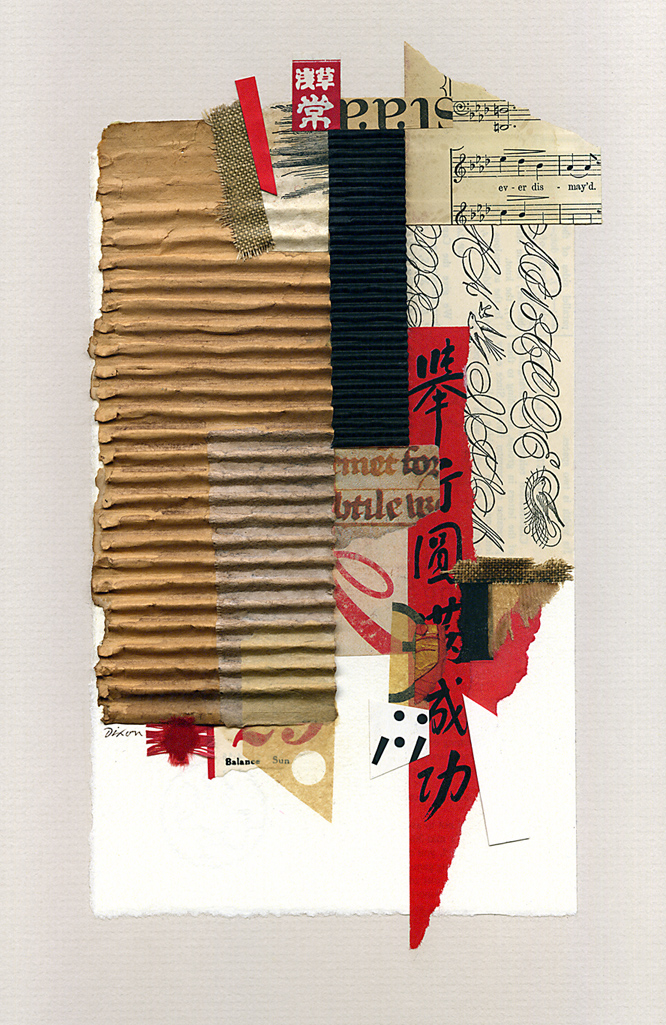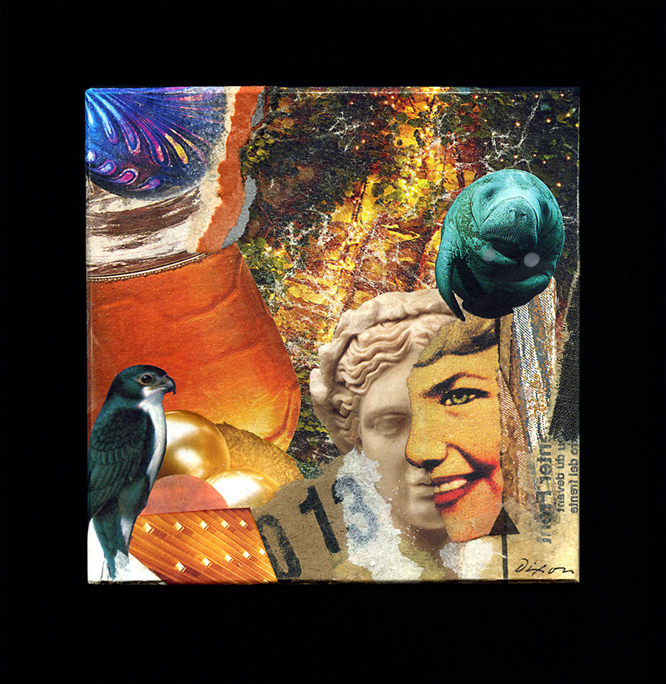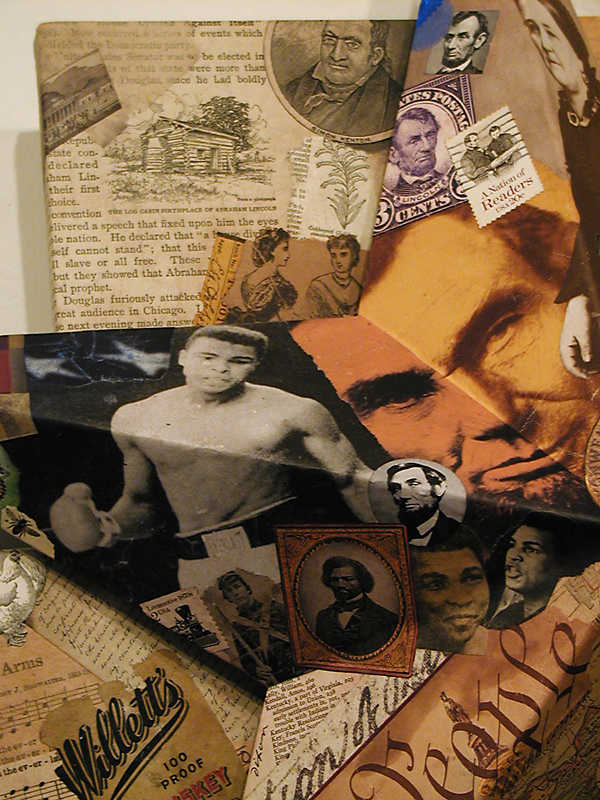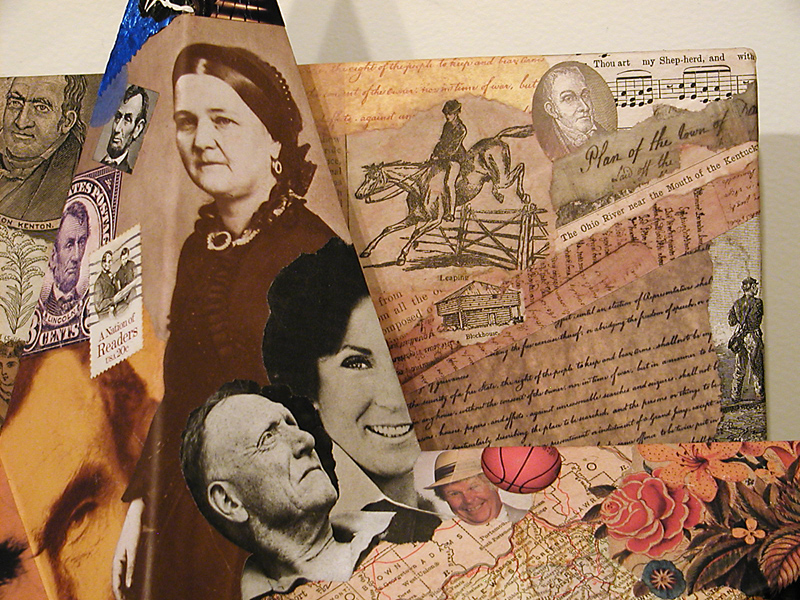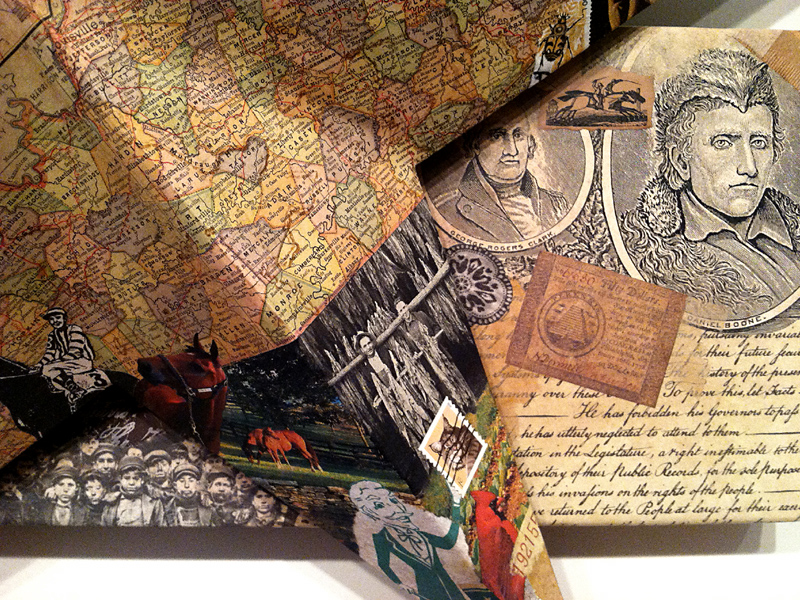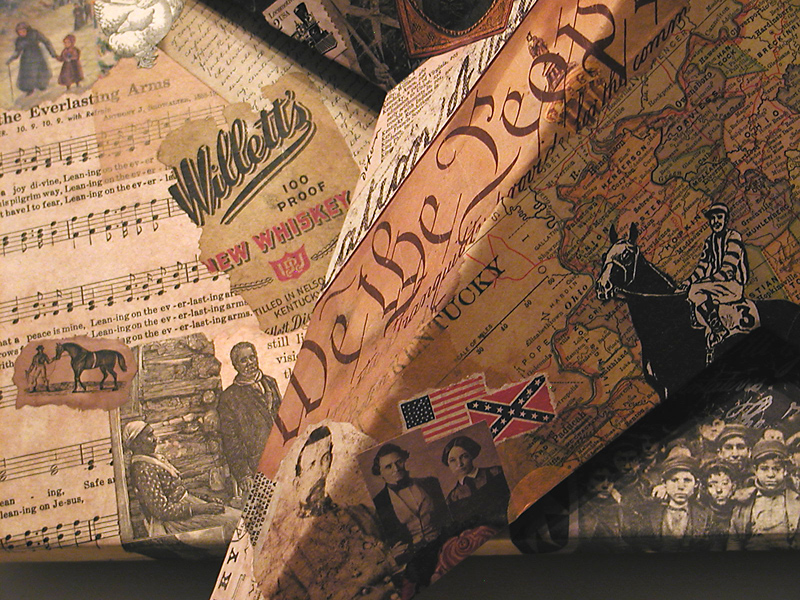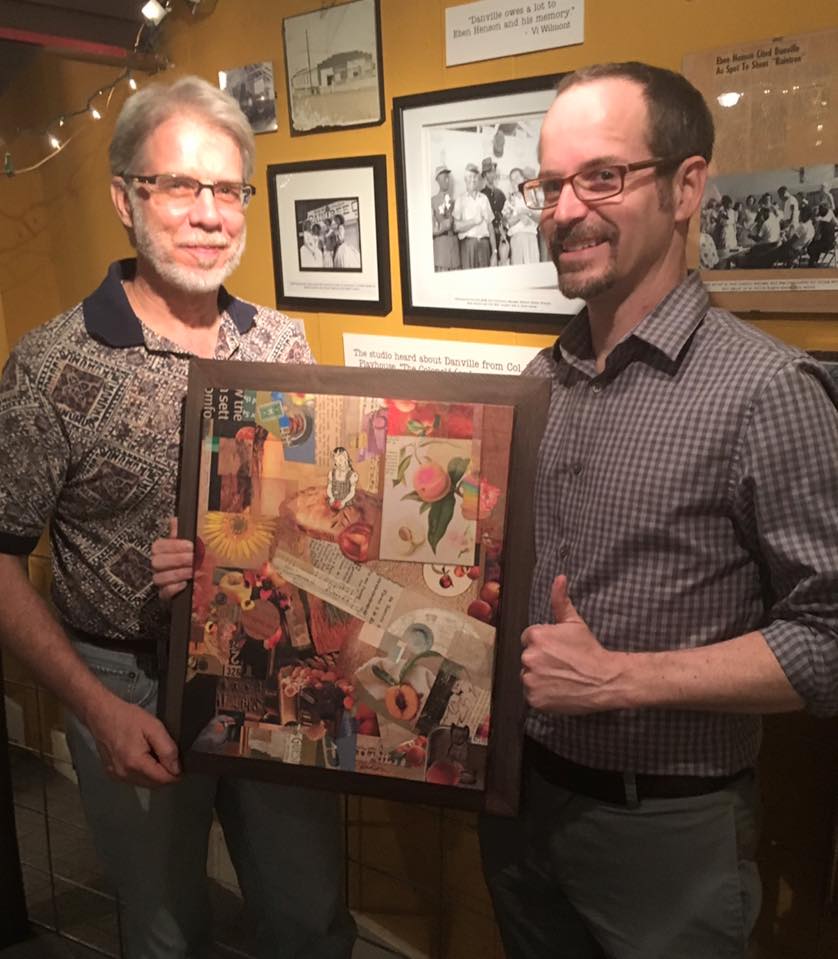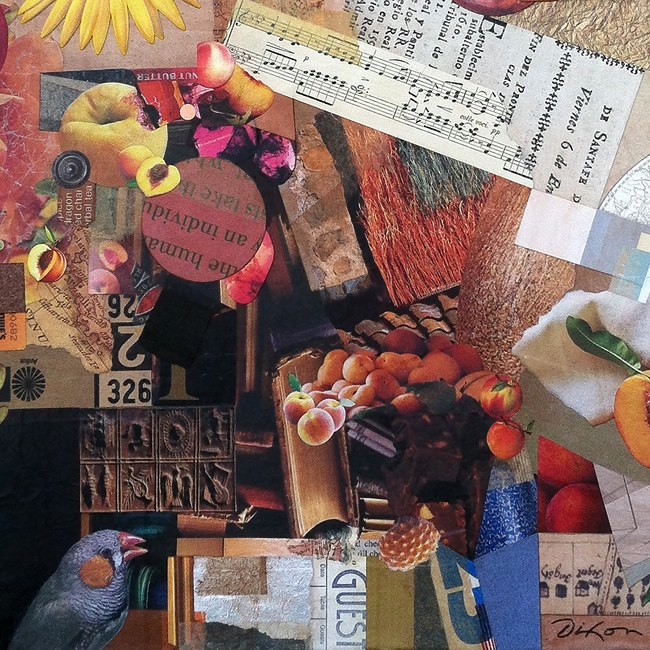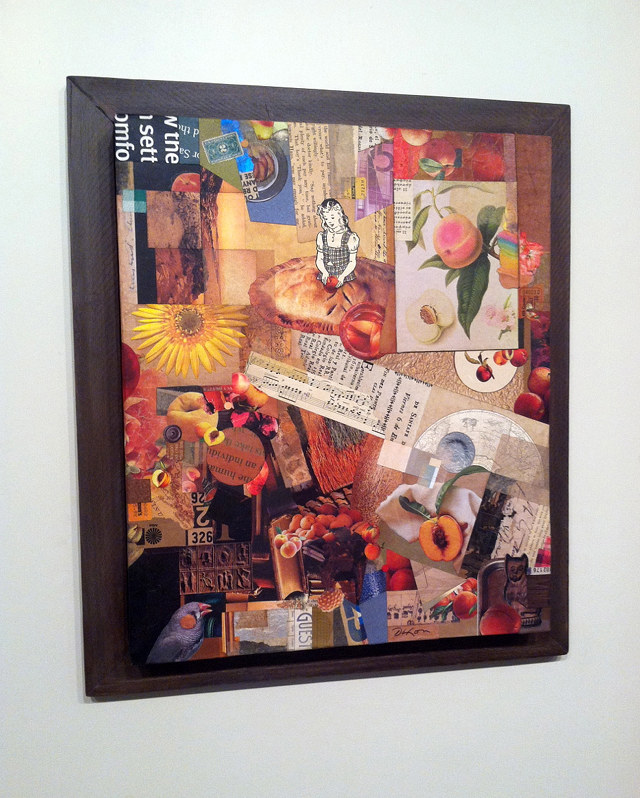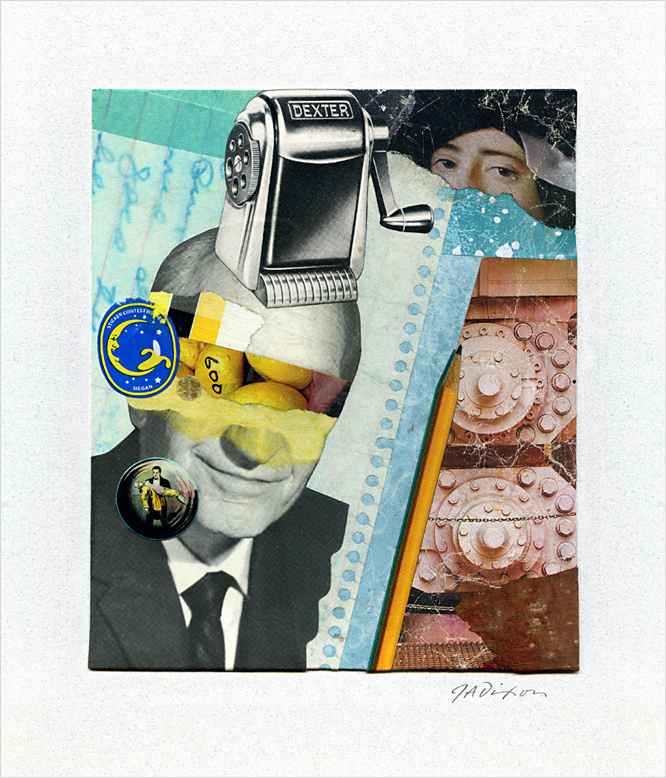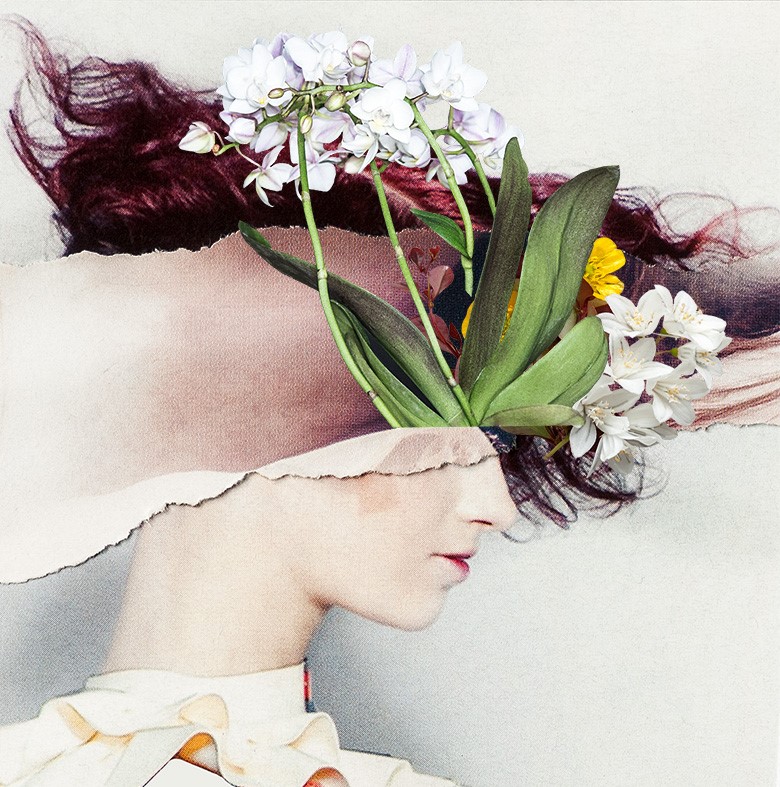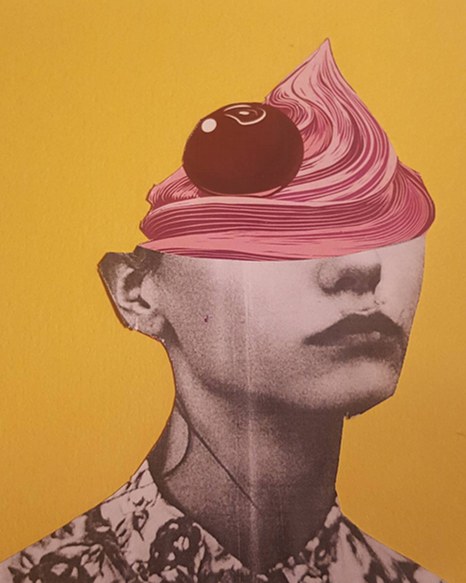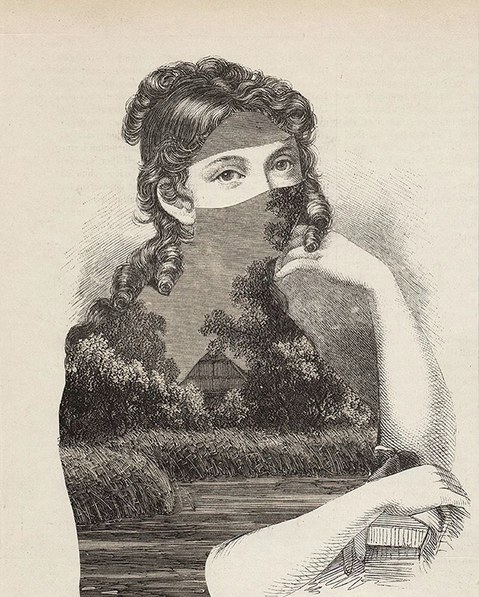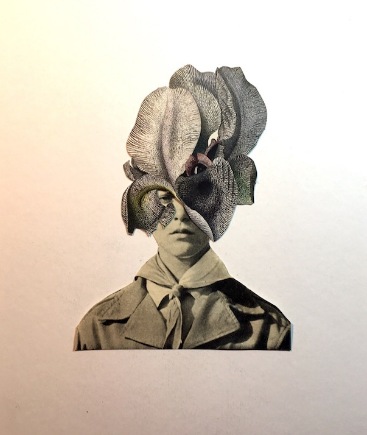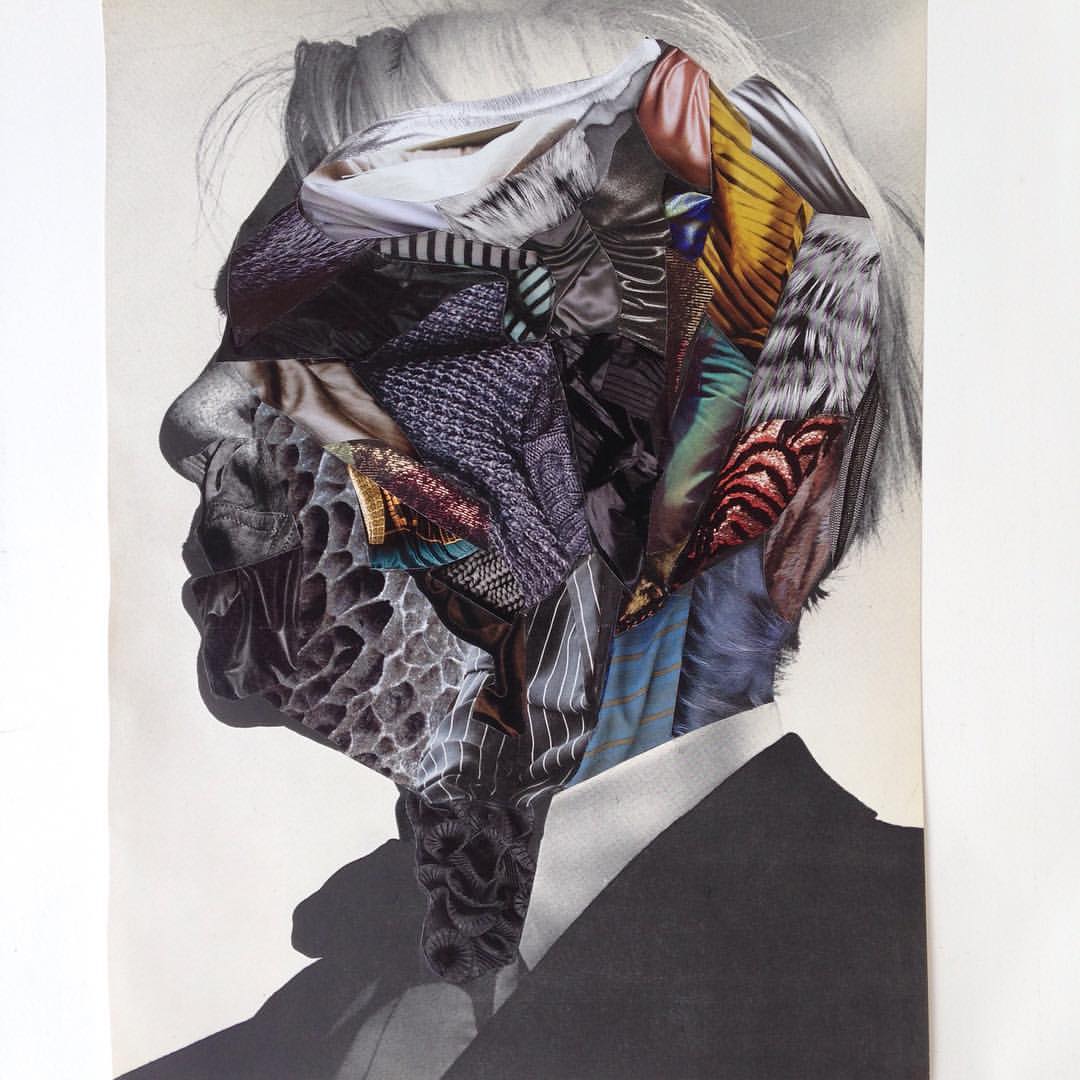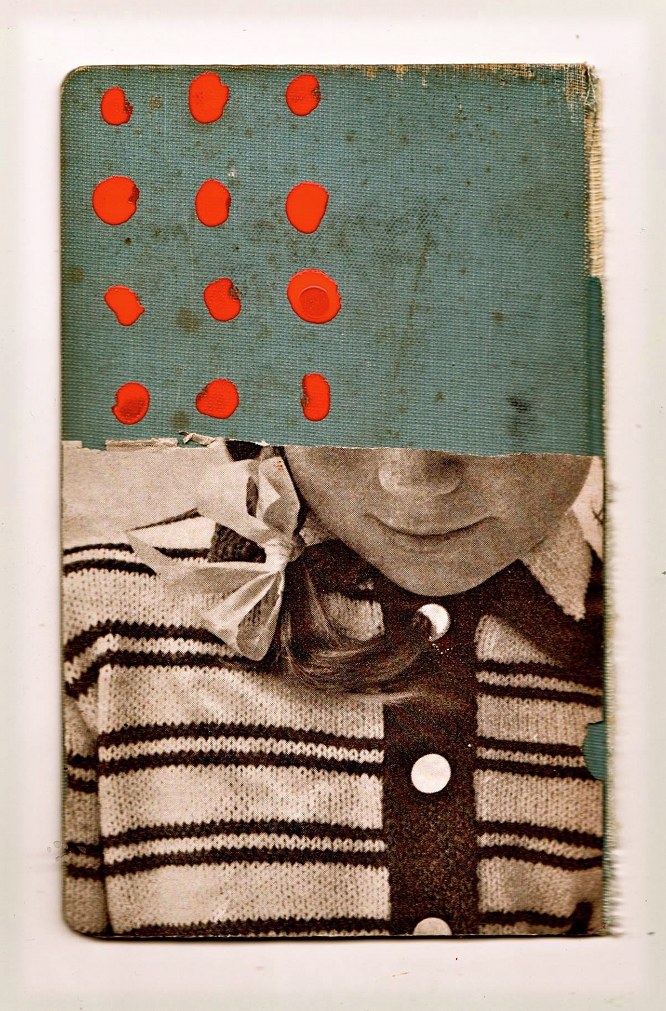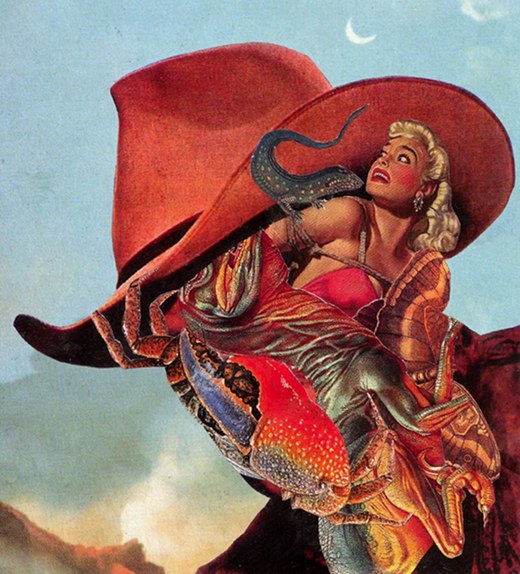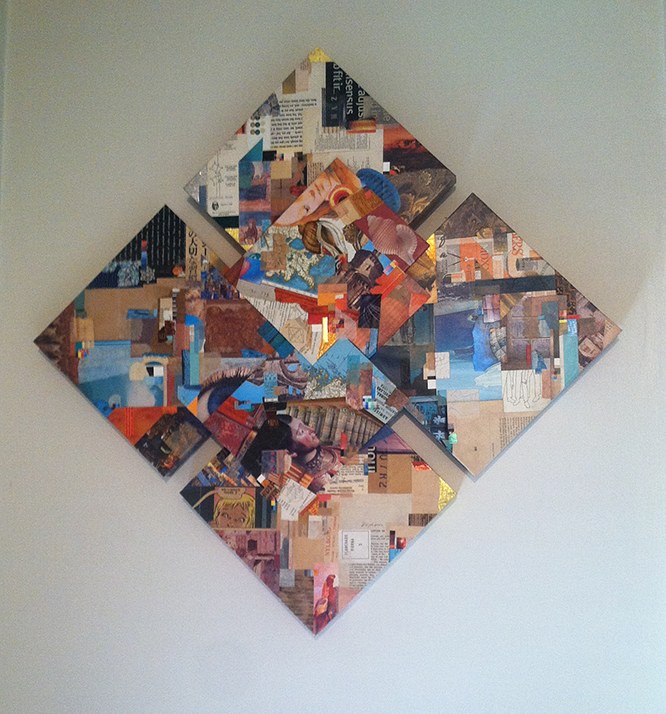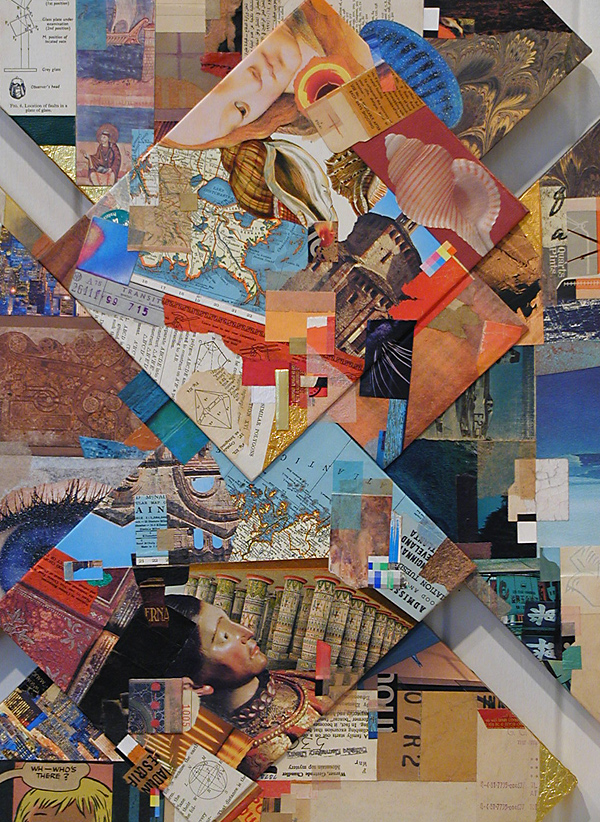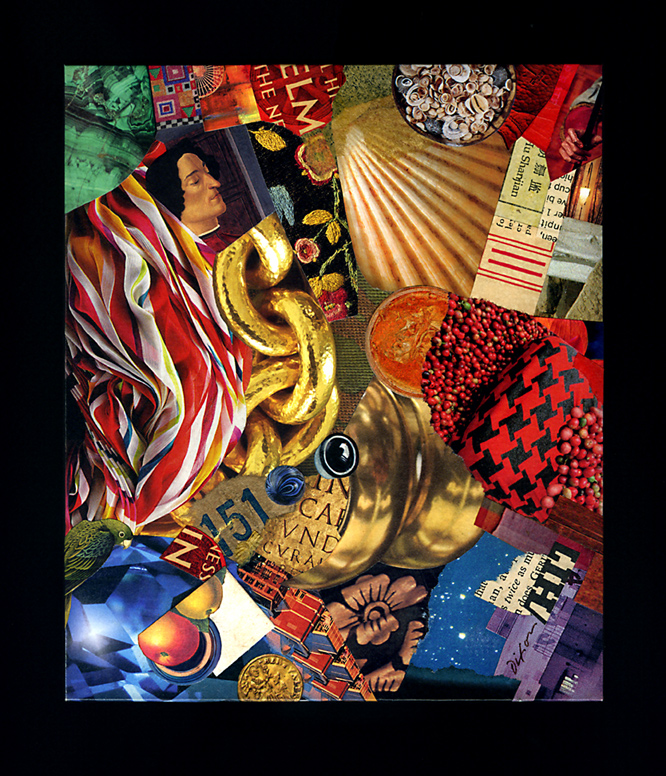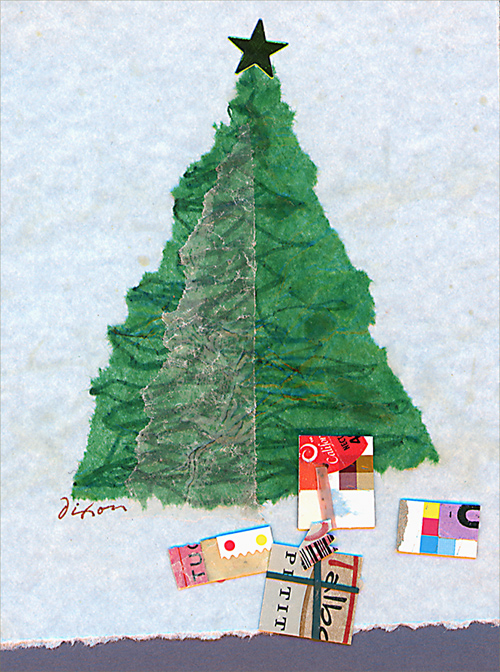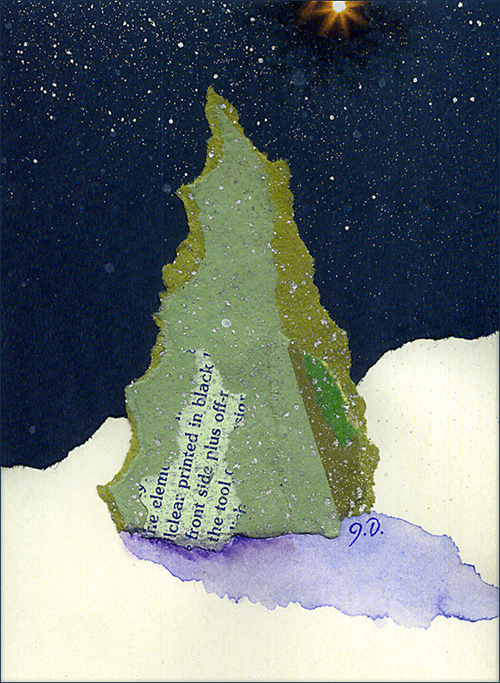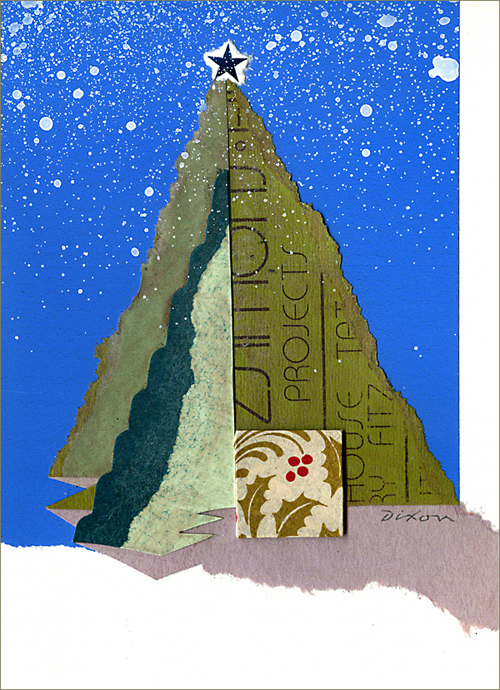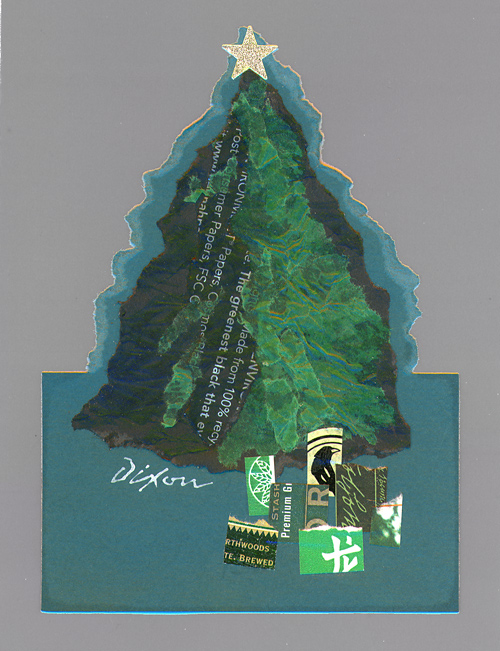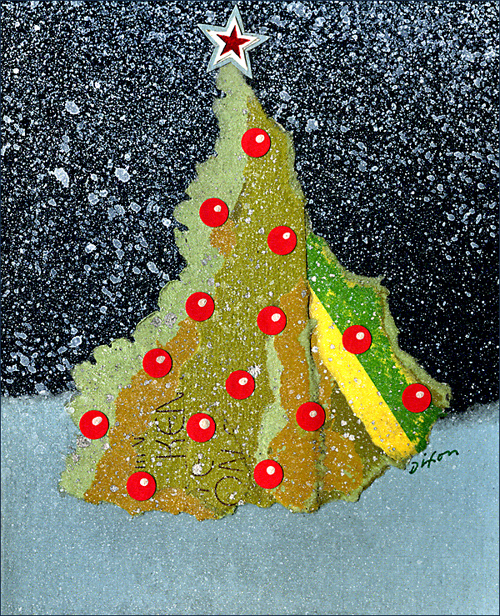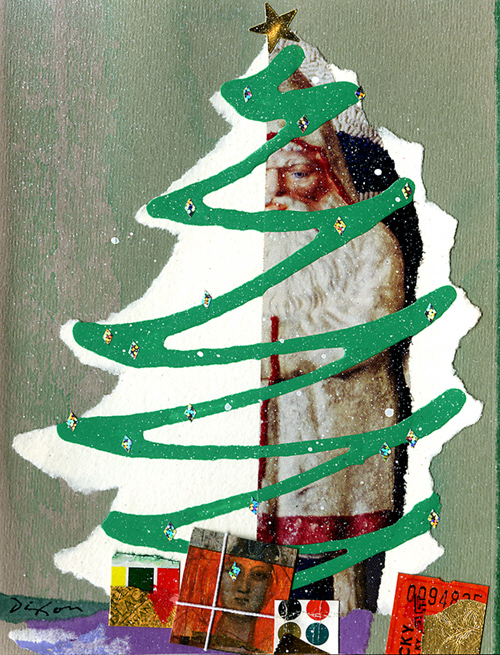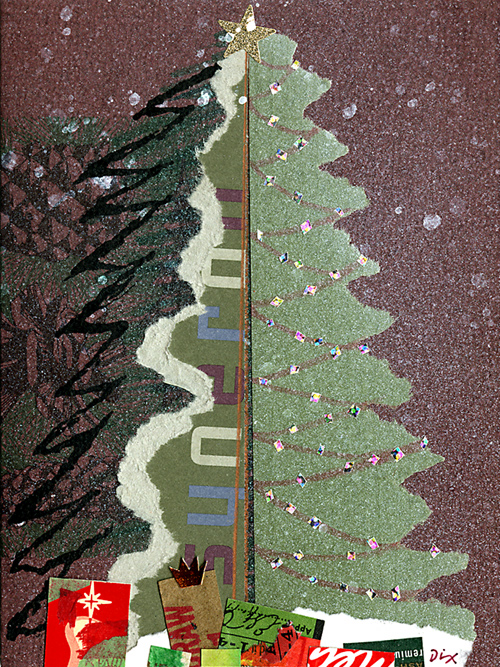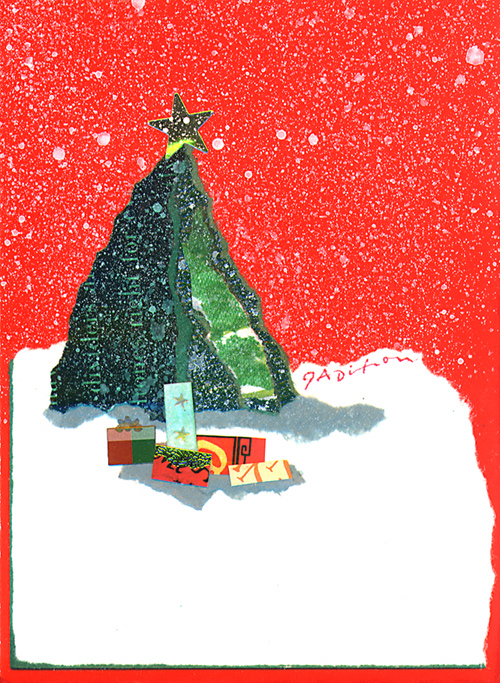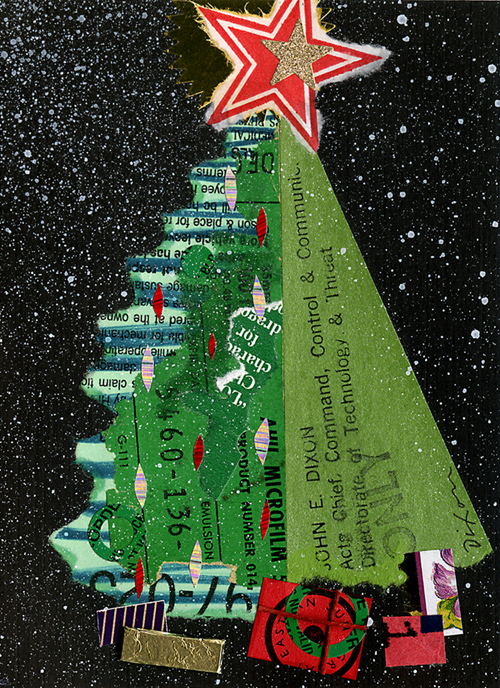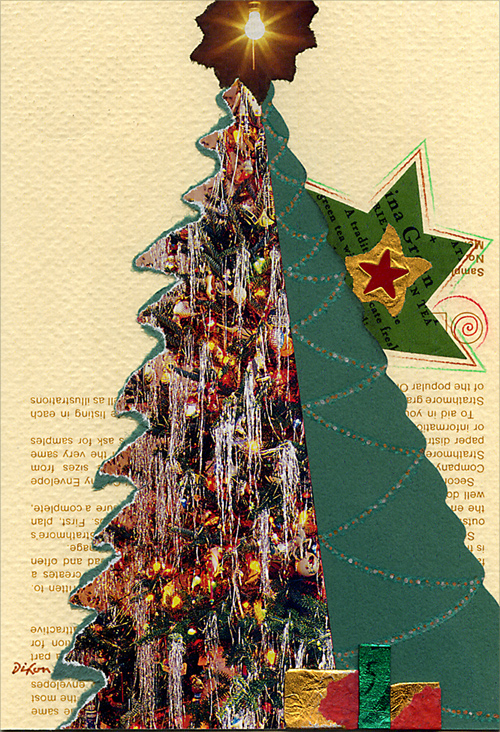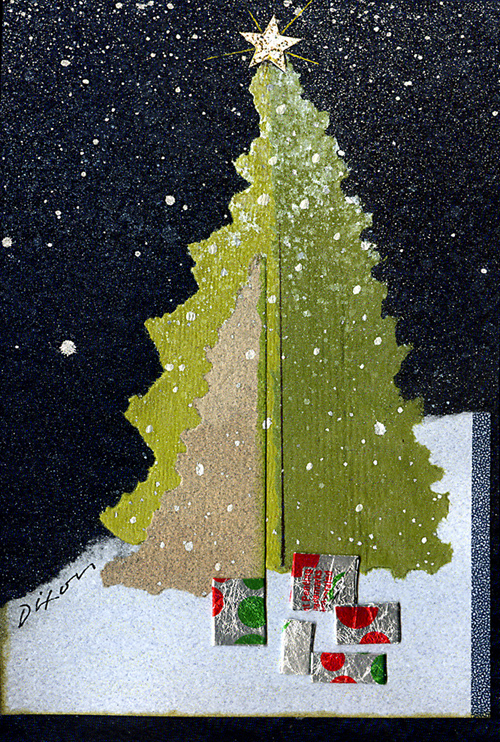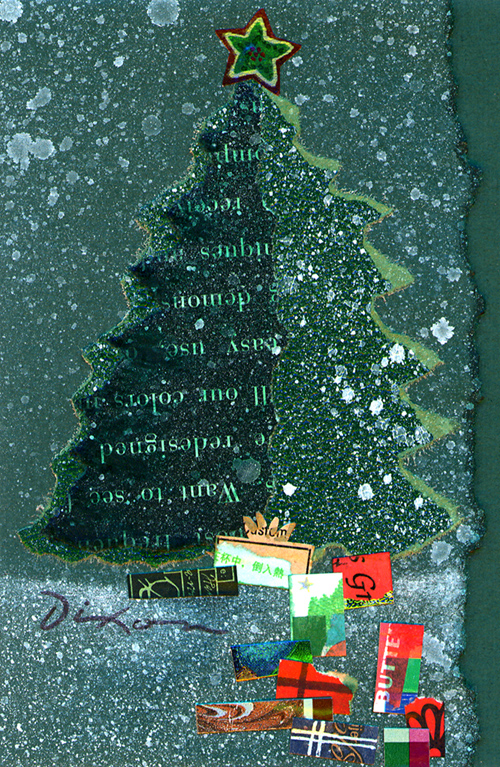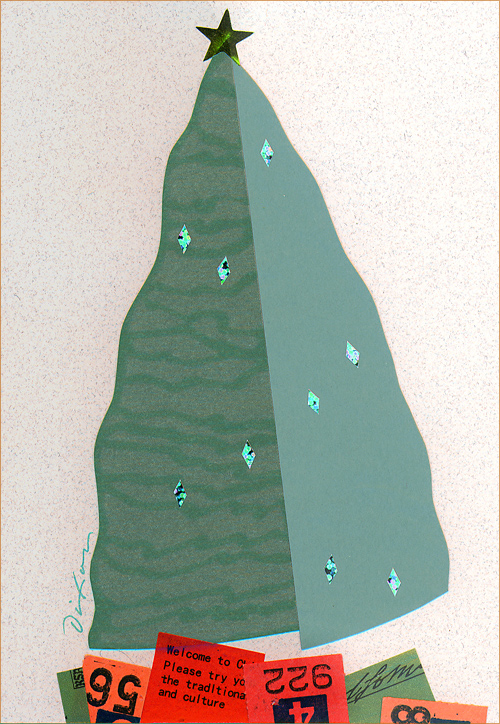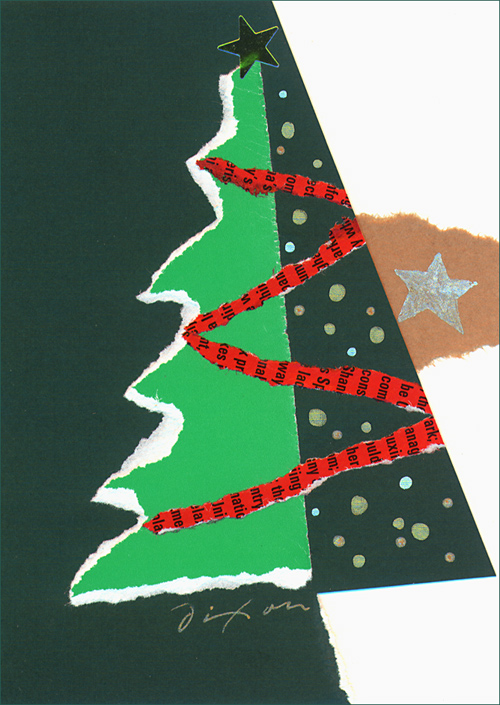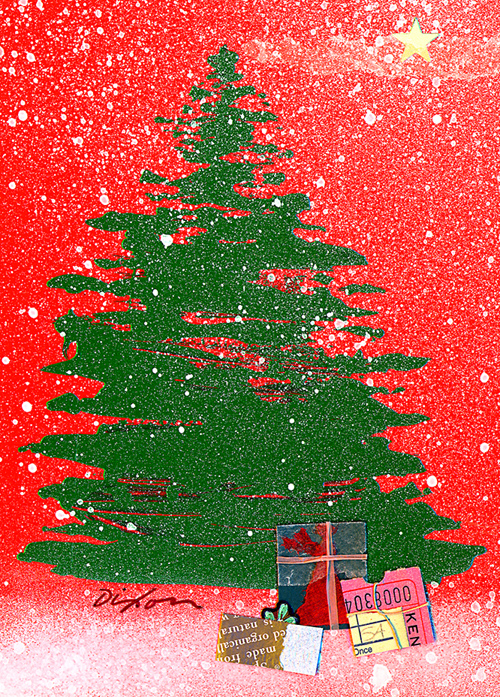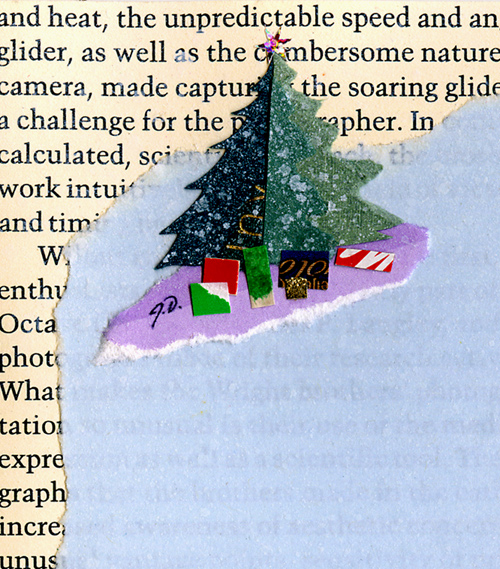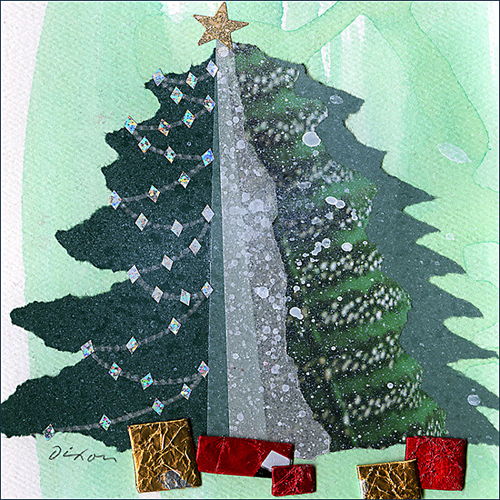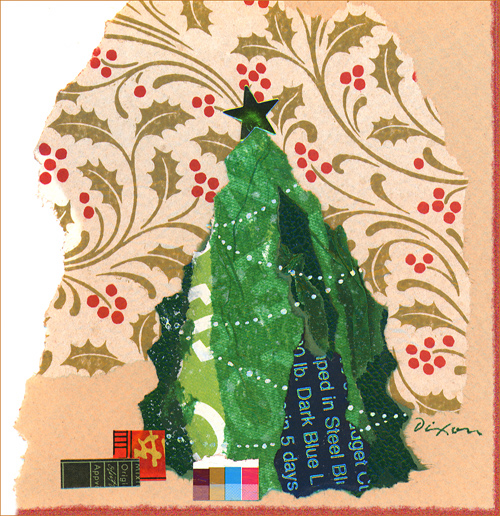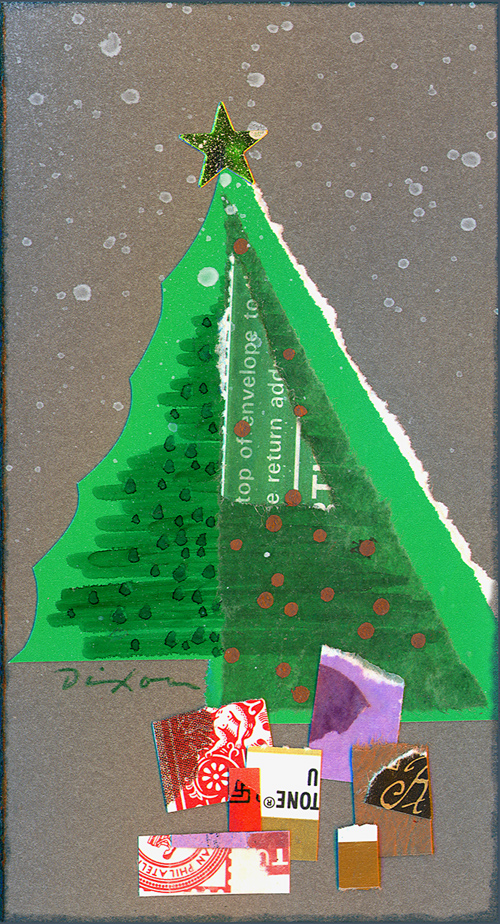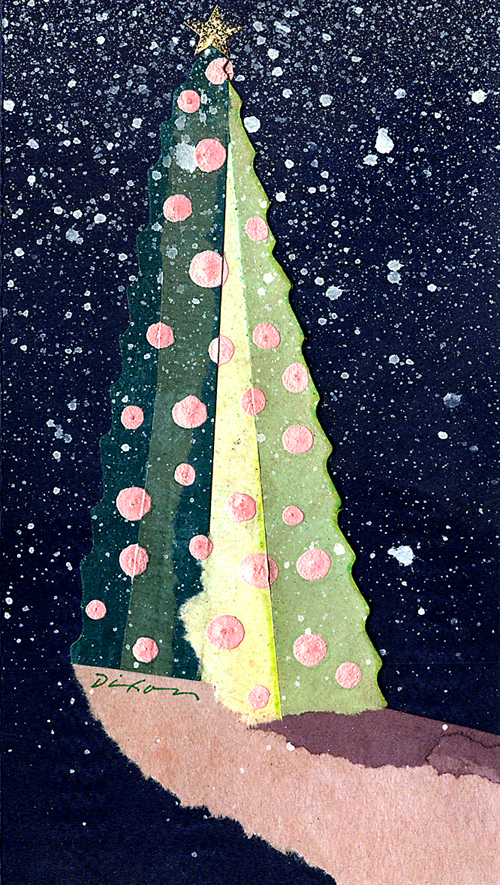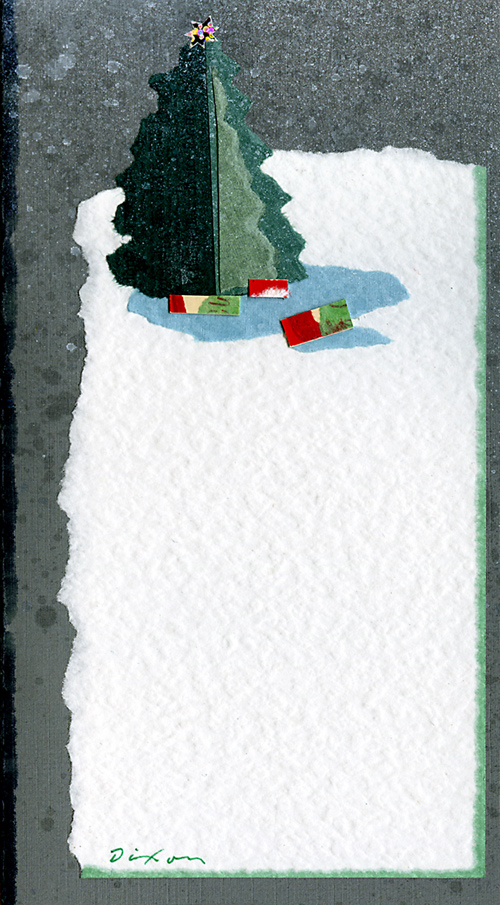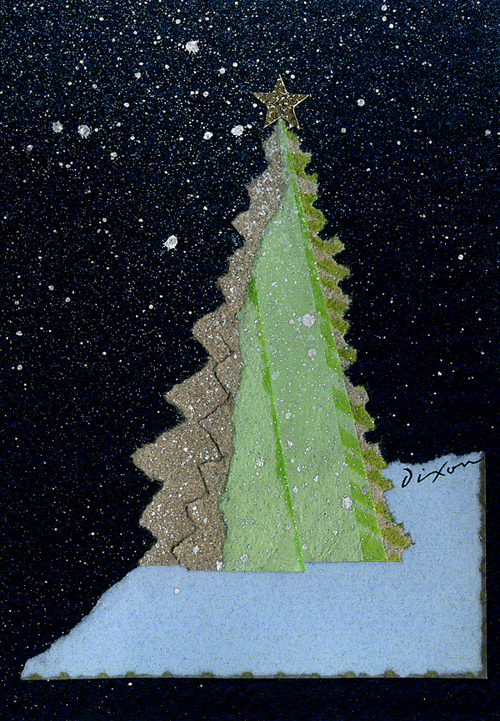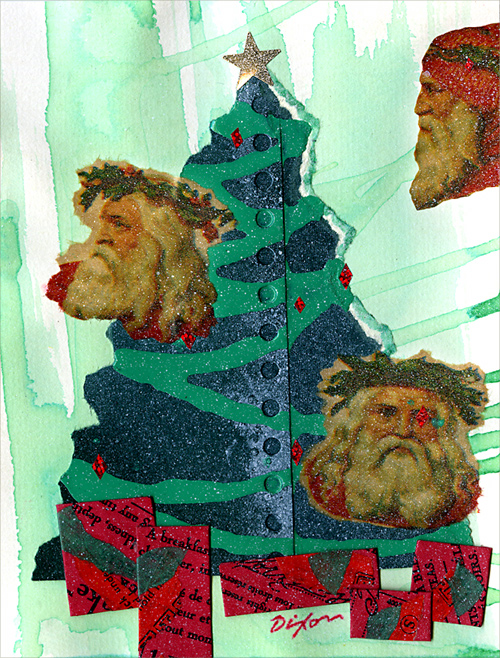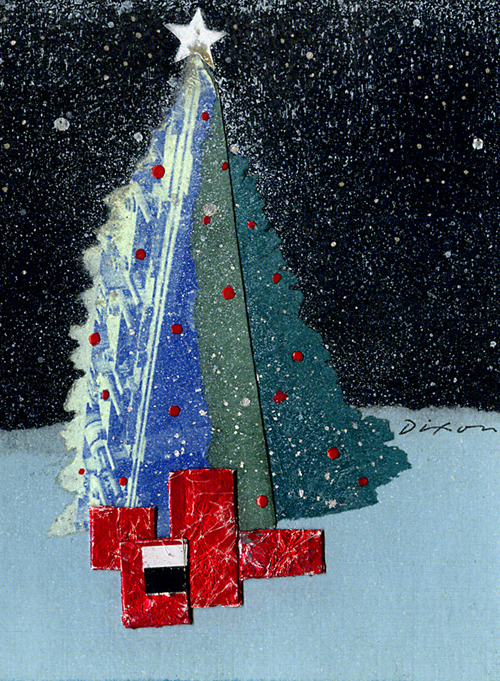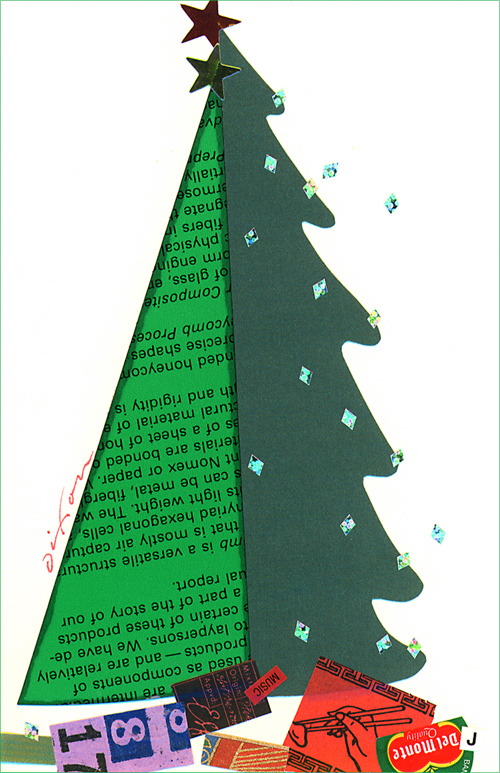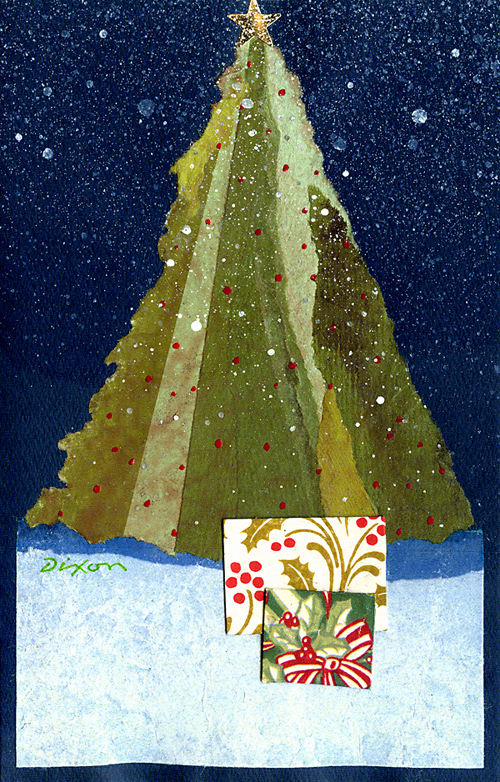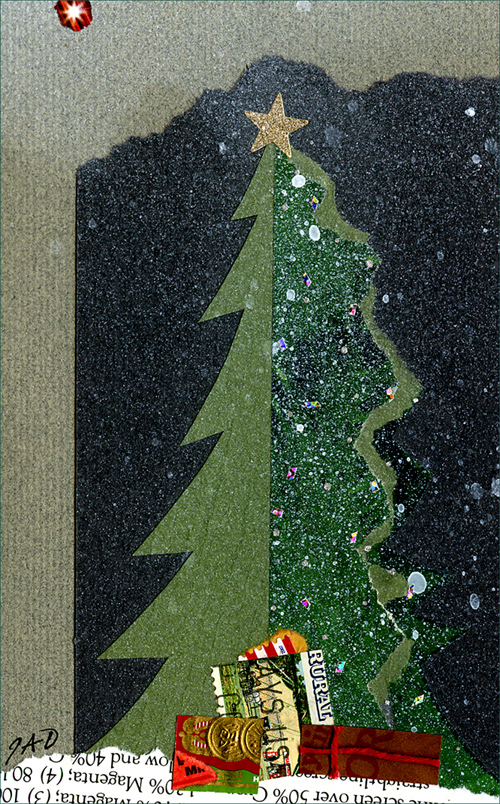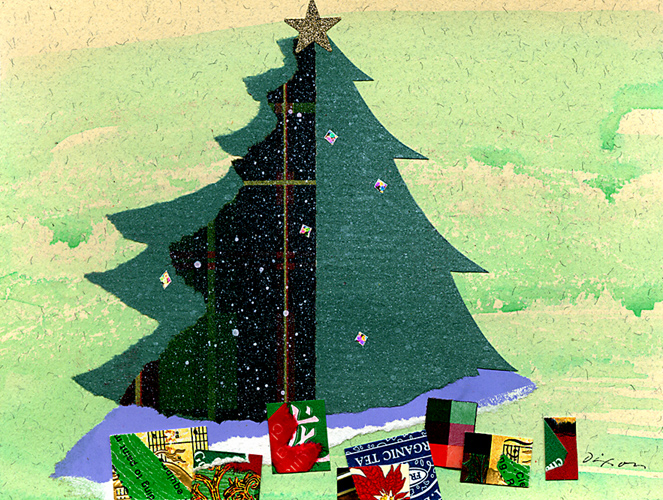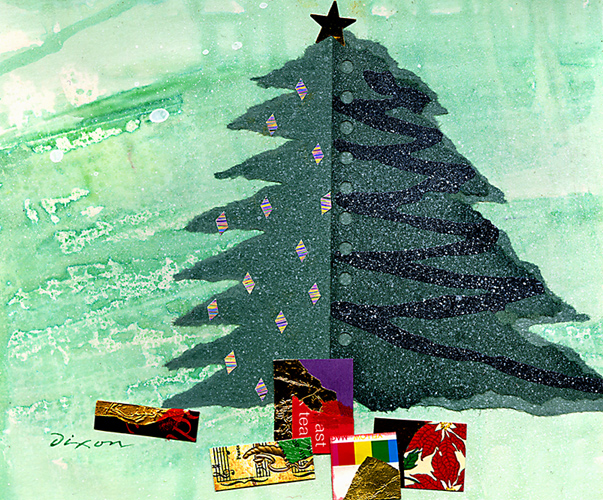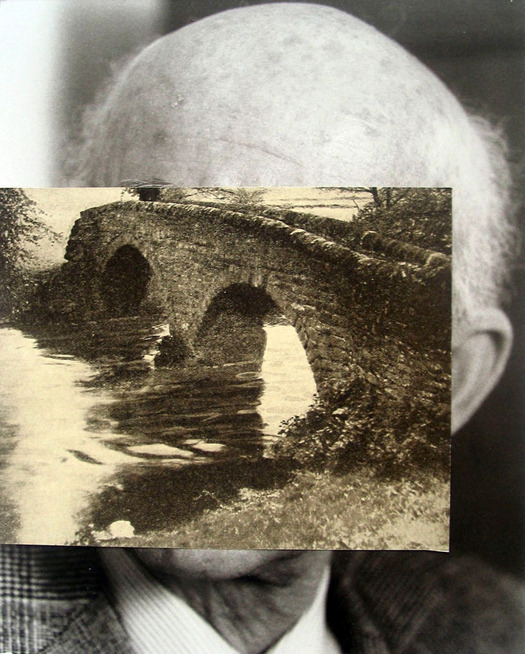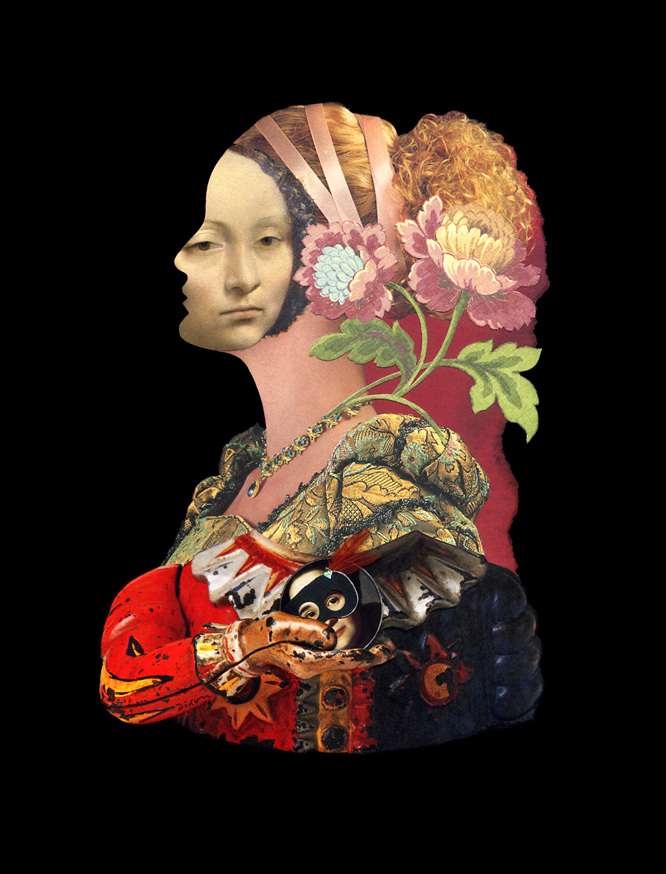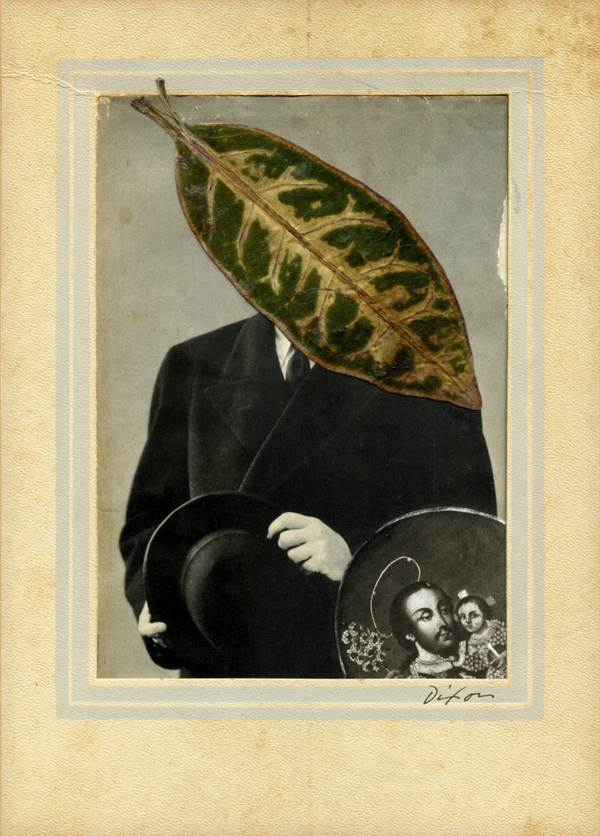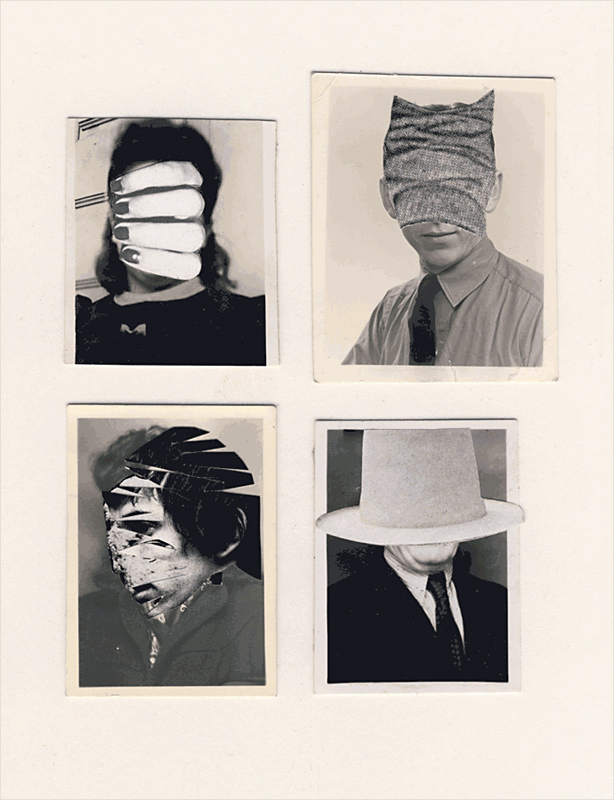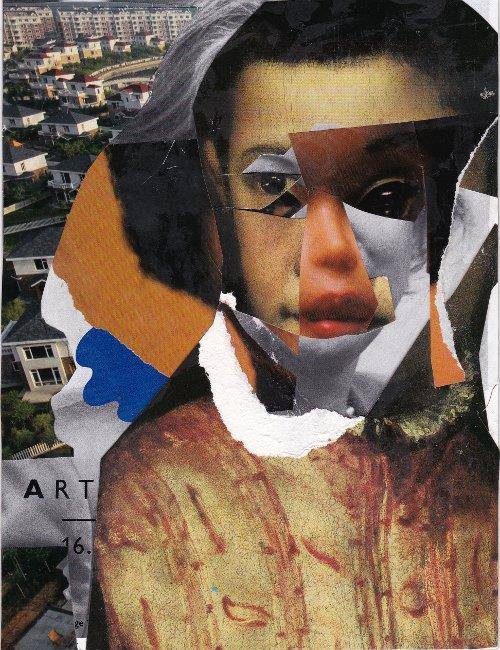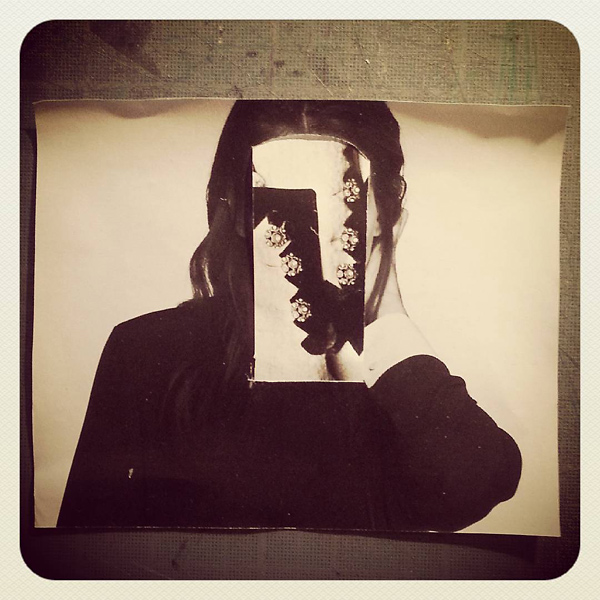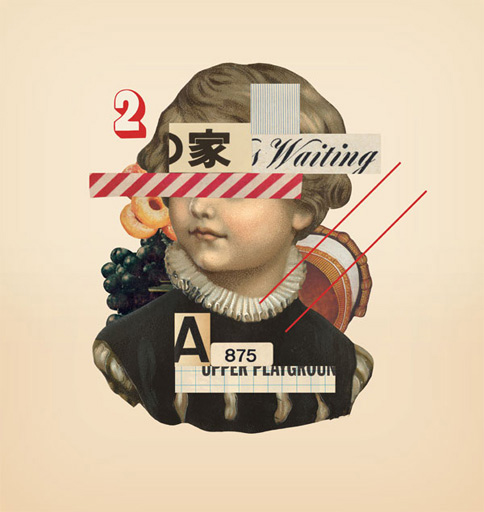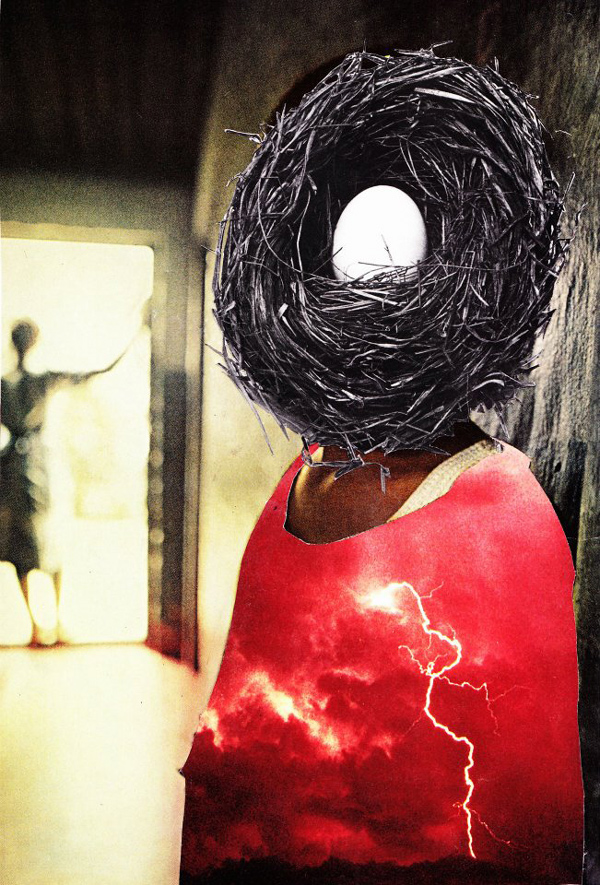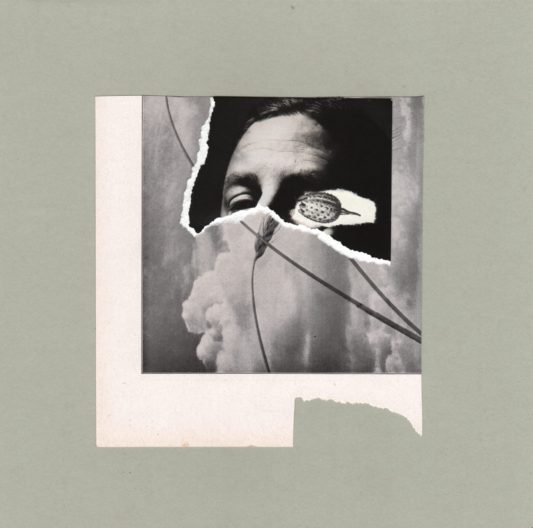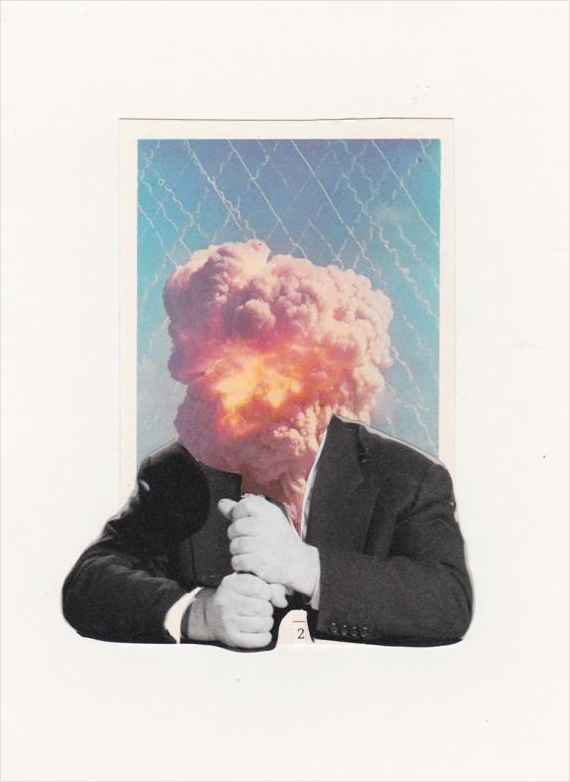“The artist is a collector of things imaginary or real. He accumulates things with the same enthusiasm that a little boy stuffs his pockets. The scrap heap and the museum are embraced with equal curiosity.”
— Paul Rand
One of my first large-scale collage concepts was an artwork I called Pearallel Universe. When it was purchased by a regional health care system to hang in a new patient facility, I temporarily set aside the “visual pun.” After creating Pearental Discretion last year, I continued to accumulate images in anticipation of another takeoff on the pear theme. I also had been looking to break out of the conventional rectilinear format by exploring thumbnail concepts with polygonal shapes. When the parallelogram repeatedly occurred in my tiny sketches, the two ideas merged, unsurprisingly, as Pearallelograms.
This latest collage construction is another attempt to liberate collage from the typical “framed-behind-glass” approach, to recapture the medium’s painterly roots with an exposed surface that can stand on its own, and to introduce a more three-dimensional context that presents the end result as an “artifact.” I would hope that I had a bit of success at meeting these objectives. So far, the piece has been well received.
In what is becoming a ritual post-mortem for bigger collage artworks, I have repeatedly cropped the composition to explore and internalize aspects that may not have been apparent to me during creative formation. It is something I recommend to fortify intuition. To be honest, I would rather not be thinking consciously about the design dynamics in process, but I can only maintain that orientation by imposing a rational critique on my work after the fact. This sometimes leads to the closing refinement of an unfinished piece. More importantly, it also provides a stronger foundation for spontaneity in the future.
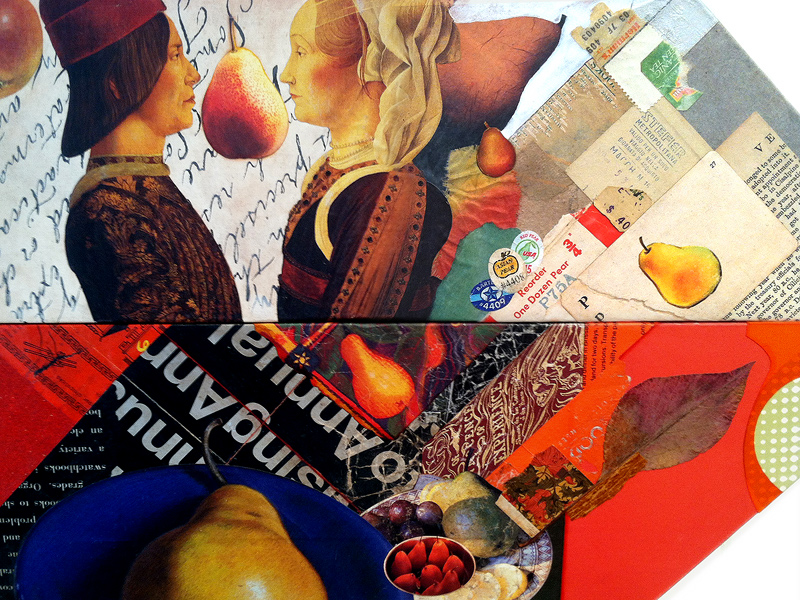
My goal was to use many pears — as design elements,
for thematic rhythm, and as devices for a surreal touch.
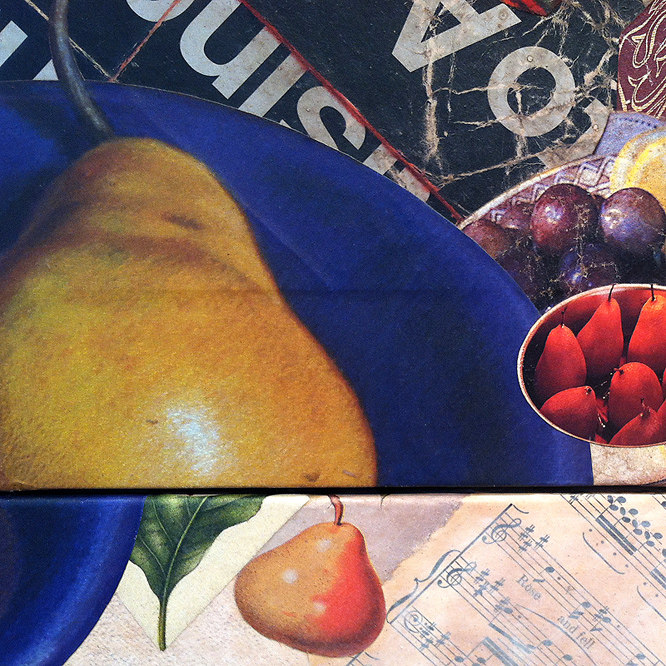
As elements, the chosen thematic objects should oscillate
between representation and abstraction.
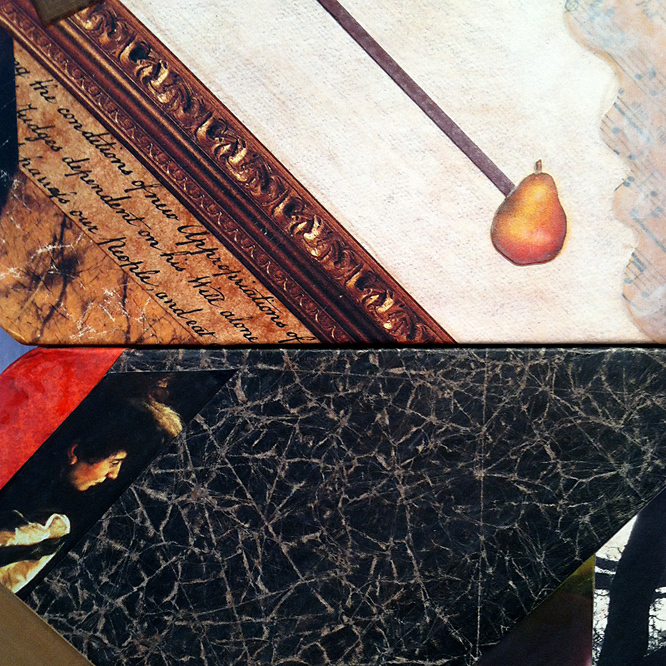
Diagonals with pears as “end points” were applied to
three negative areas that needed more spatial activation.
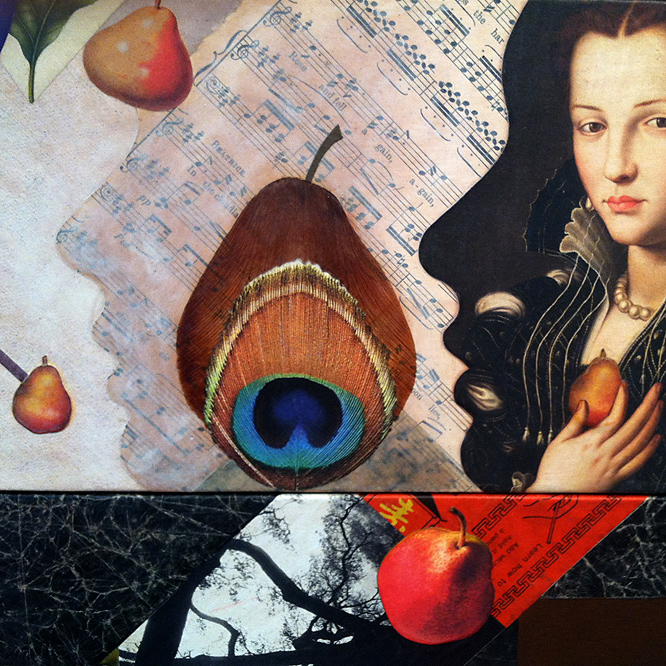
The last pear image was positioned between profiles and
resonates with a more literal treatment at the very top.
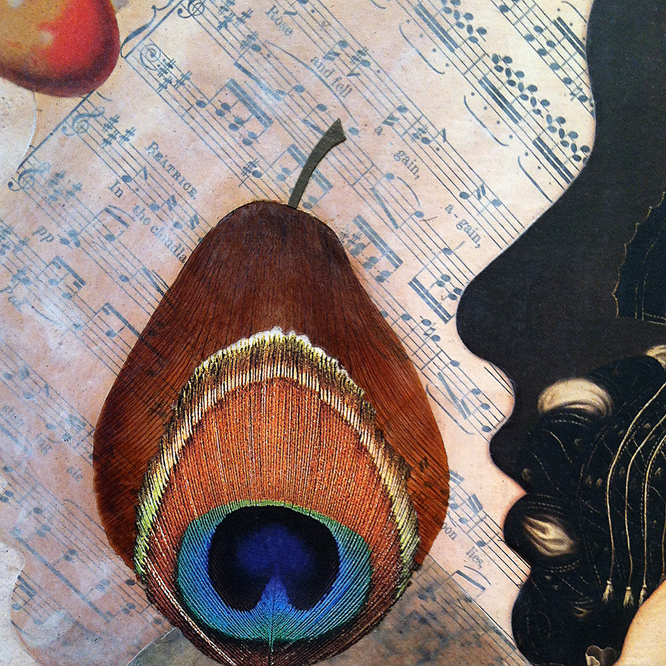
The final subject was “built” with an actual dried iris petal,
the torn image of a peacock feather, and a cut-paper stem.
Thanks for visiting! Forgive me if today’s entry is too verbose, because I generally try to avoid that. If, however, you don’t mind if I wax wordy, please register and comment here to let me know. I promise to reply.
